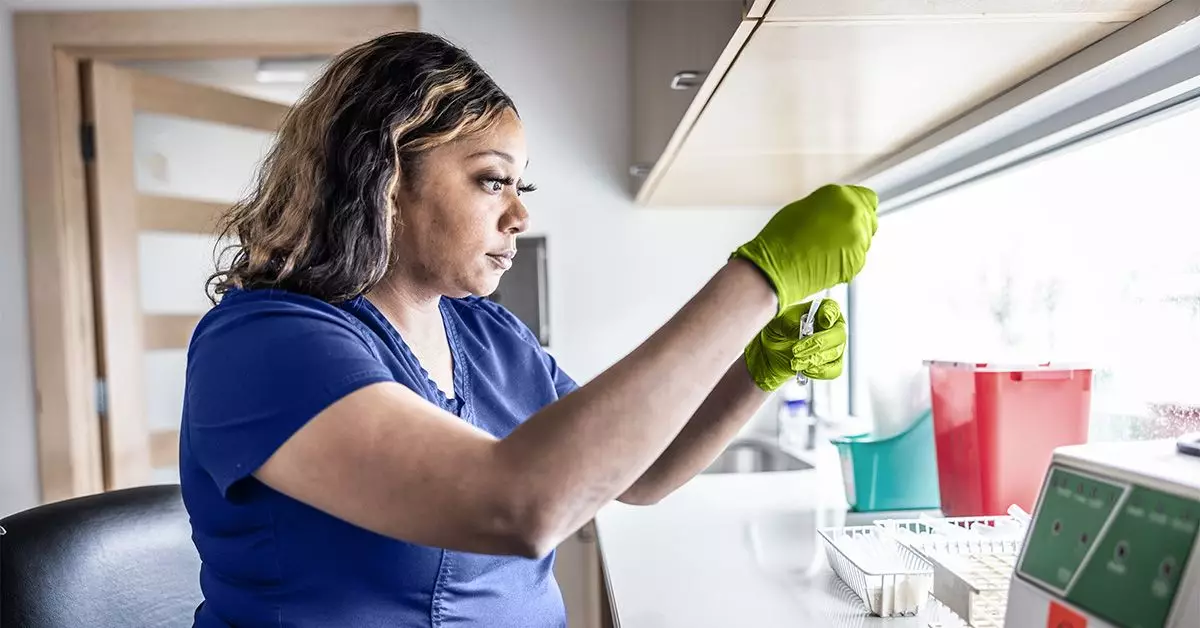Aggressive Natural Killer Cell Leukemia (ANKL) is an extraordinary, albeit frightening, form of blood cancer that may go unnoticed due to its infrequent appearance and atypical symptoms. Primarily affecting natural killer (NK) cells, which are a crucial component of the immune response, ANKL leads to a dire situation where the body’s own defenses spiral into chaos. This type of cancer is characterized by the uncontrollable proliferation of abnormal NK cells, which eventually displace healthy blood cells. As a result, patients face severe complications, often leading to fatal outcomes. While rare, ANKL should be a priority for medical research due to increasing awareness and its aggressive nature.
The Critical Role of Natural Killer Cells
NK cells are part of the body’s lymphocyte family, predominantly responsible for targeting infected or malignant cells. Their primary mission is to identify threats, such as viruses and cancer cells, and eliminate them effectively. However, in ANKL, these vital cells are rendered dysfunctional. Instead of performing their protective duties, they multiply uncontrollably, leading to a compromised immune system that struggles to fend off infections and other diseases.
Symptoms of ANKL can vary significantly from one person to another, but one of the most concerning complications associated with this condition is a rare inflammatory syndrome known as hemophagocytic lymphohistiocytosis (HLH). This syndrome is marked by an overactive immune response that can lead to a cascading failure of multiple organ systems. It raises the alarm right from its presentation—fever and enlarged spleen, but can also manifest through gastrointestinal discomfort, upper abdominal pain, and unexpected weight loss.
The Connection to Epstein-Barr Virus
A known risk factor for ANKL is the Epstein-Barr virus (EBV). This ubiquitous virus has a complicated relationship with the human body; while most individuals become infected during their lifetime without any symptoms, it has been linked with several malignancies, including ANKL. The virus lies dormant but can reactivate, typically when the immune system is challenged or compromised, thereby facilitating the path toward malignancy in susceptible individuals.
In instances of ANKL related to EBV, these instances are categorized as EBV-positive. Meanwhile, the condition can also manifest independently of EBV, displaying an equally aggressive character. This further complicates the diagnostic process and adds to the overall obscurity surrounding the condition.
The Diagnostic Challenge
Due to ANKL’s rarity and lethal progression, diagnosing the disease can be a tall order for healthcare professionals. Many symptoms overlap with various other medical conditions, obscuring the path to accurate diagnosis. Furthermore, abnormal NK cells tend to be present in very low numbers initially, making early detection daunting. The lack of specific immunophenotypic features often leads to misdiagnosis or delay in treatment.
By employing meticulous testing methods such as flow cytometry following multiple blood or bone marrow samples, physicians strive to identify the troublesome NK cells. Each diagnostic challenge further underscores the need for enhanced awareness and education around the signs and symptoms of ANKL.
Current Treatment Protocols and Their Limitations
Treatment options remain limited, primarily revolving around chemotherapy and intensive regimens. Emerging therapies involving L-asparaginase show promise but require extensive clinical validation. Although some methods, like the SMILE regimen—which integrates dexamethasone and etoposide—have yielded a modicum of success, the prognosis for ANKL remains grim. Many patients suffer from poor outcomes, and only a subset achieves meaningful treatment responses.
Stem cell transplantation presents another avenue, with some studies indicating improved survival rates post-treatment. Nevertheless, these procedures are complex and fraught with risks, further complicating the healthcare landscape surrounding ANKL.
The Future: A Call to Action
Continued research is imperative for a better understanding of ANKL and the development of effective treatments. The complexity of this blood malignancy, often overshadowed by more prevalent cancers, requires urgent focus from the scientific community. Only through a concerted effort—spanning clinical trials, enhanced diagnostic protocols, and innovative therapeutic strategies—can we offer hope to those impacted by ANKL.
Understanding the nuances, risks, and signs associated with ANKL is vital. With collaborative efforts in medical research, advocacy, and education on this rare yet aggressive blood cancer, we can unveil its mysteries and drive towards improved patient outcomes.

